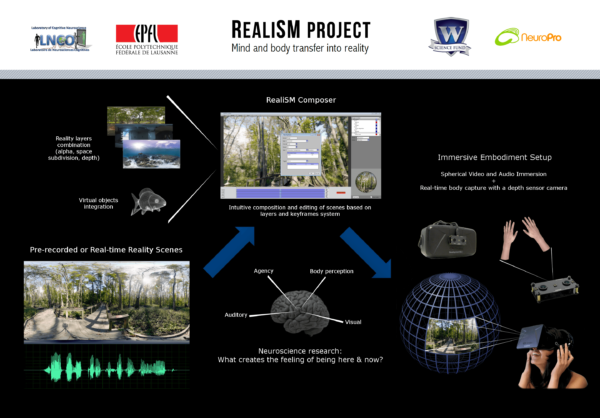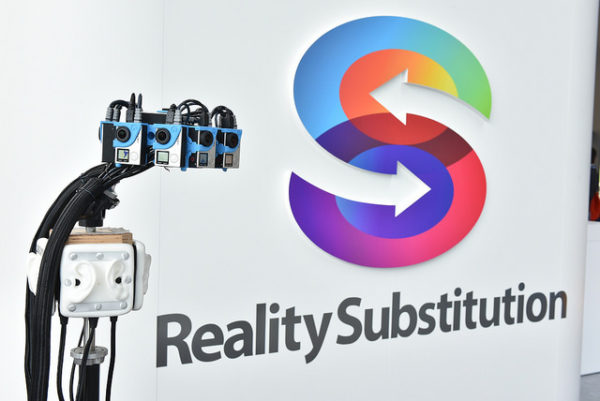Reality Substitution Project is a Unique Approach to Virtual Reality

Virtual reality has already come to a point where its identity has gone beyond the “hobbyist” level: it has made its way into the consumer market, as well as in various industries which rely on the VR technology to enhance their performance. Some of the notable industries that already employ VR tech include the medical field, the automotive industry, and the scientific research community. However, knowing that VR is approaching its peak in popularity and being as ubiquitous as it gets (we see countless VR gadgets everywhere now), there comes a new approach on the current VR experience – it’s called reality substitution.
An initiative of the clinical industry led to a production of a prototype demonstrating reality substitution. During The Brain Forum held in Lausanne, Switzerland last March 30, researchers and engineers of the Ecole Polytechnique Fédérale de Lausanne (EPFL) Laboratory of Cognitive Neuroscience, and the W Science Initiative have unveiled the first working prototype showcasing reality substitution technology. The tech project, named RealiSM, has developed a user-friendly virtual world capture system that effectively shoots actual videos of real-world situations, and these videos are to be generated as virtual content on a supported head-mounted display (HMD).
Initially developed for the medical field, RealiSM aims to be utilized in the laboratory to facilitate research of the human memory and the peri-personal space (perceived space available to a person within his reach). Furthermore, RealiSM will have the potential for its use in clinical trials to therapies such as treating certain kinds of phobias known to humans, and in post-traumatic stress disorder therapies.

This is how things get interesting for the RealiSM project: the prototype works as an integrated video recording, editing, and playback system – all working hand in hand to generate what they call reality substitution. A custom-built camera rig, consisting of 18 high-definition cameras which are pointed in all directions, seamlessly shoots a 360-degree spherical imagery that is stitched together in all three dimensions of space. These 18 high-def cameras are paired with 4 omnidirectional microphones, able to pick up sound from all directions relative to the prototype. The 3D spherical video capture is then processed and is rendered by a custom-built HMD that also features a front camera to orient the user’s presence in both the virtual and outside environments.
Aside from the usage focus of the prototype in the medical field, it is also seen as a potential tool for bringing immersive, real-time teleconferencing – bridging the gap caused by time zone issues between the two ends of the communication medium; and also to enhance entertainment experiences – particularly in games – by introducing extremely immersive and true-to-life visuals and audio experiences.
The RealiSM reality substitution project was showcased at the recently concluded The Brain Forum 2015 held last March 30 to April 1 – a three-day forum that brought scientists from major international brain programs: The Human Brain Project by the European Union, the Allen Brain Initiative by the United States, the Israel Brain Initiative, and the China Brain Initiative.
For more information on the RealiSM project, please visit the following websites:
http://lnco.epfl.ch/realism
http://thebrainforum.org/
http://actu.epfl.ch/news/the-brain-forum-shows-how-collaboration-advances-r/

